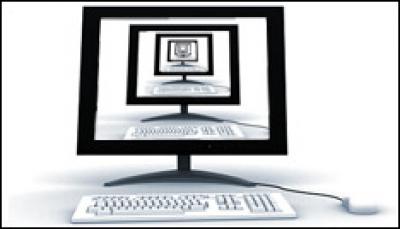Moka5 Offering Hosted Desktop Virtualisation

Moka5 officials say they have found a way to make desktop virtualisation work for both the business and the end user
Moka5 officials say the new MokaFive Suite 2.0 platform represents a turning point in desktop virtualisation technology.
Moka5 on 22 June announced Version 2.0 of its MokaFive Suite desktop-as-a-service platform, which not only lets businesses deliver a set and secure corporate desktop image to users’ desktops, but also lets those users safely customise their desktops with personalised data, settings and applications.
That is a key differentiator between MokaFive and other desktop virtualisation products, according to Purnima Padmanabhan, vice president of products at Moka5. Most other offerings let administrators put a corporate image on a PC or laptop and then lock it down, not allowing the users to customise those systems. In addition, those solutions don’t work well offline or in a mobile environment, Padmanabhan said in an interview.
“It’s not a feasible proposition if you’re going to [use desktop virtualization] for a large population,” Padmanabhan said. “The moment you lock it down … you’ve essentially stifled the very creativity [in employees] you were trying to encourage.”
The 4-year-old company is looking to carve out a space in a highly competitive field that includes such virtualisation vendors as VMware and Citrix Systems.
With MokaFive, IT administrators centrally create a full virtual desktop—what the company calls a LivePC—and then deliver it to users, who download the virtual desktop via a Web link. Users also can carry it around on a USB stick or a smartphone. The LivePC can run on an Apple Macintosh or on Windows or Linux PCs.
Tasks such as patching and updates are done by the administrators, and the MokaFive platform delivers those to each LivePC.
In what Moka5 officials call a layered approach to desktop virtualization, users can customise their PCs without impact on the corporate image. The layered technology separates the hardware from the operating system and the OS from the applications, and each layer is controlled and managed independently, Padmanabhan said.
“From a user point of view, I get exactly what I need,” she said.
Other new capabilities in Version 2.0 include integration with a PC’s existing infrastructure, such as Active Directory, and richer policy-based controls that include two-factor authentication. The controls let IT administrators decide the different levels of lockdown for different targeted groups.
In addition, MokaFive makes it easier for users to recover from failures by enabling them to simply restart their LivePCs, Padmanabhan said.